Microsoft, Alphabet, OpenAI, Nvidia CEOs join US advisory board to advise on protecting critical infrastructure from AI threats. Board aims to prevent AI-related disruptions to national security and public safety.


Assessing AI risks in the context of their use, rather than as inherent in the technologies themselves, leads to smarter and safer implementations.

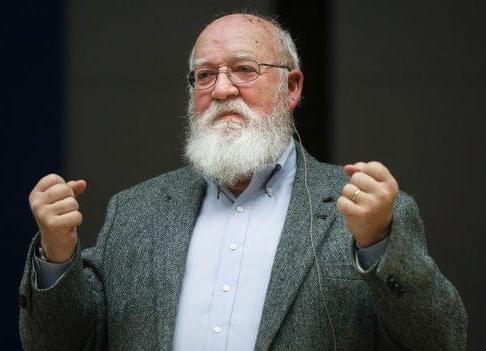
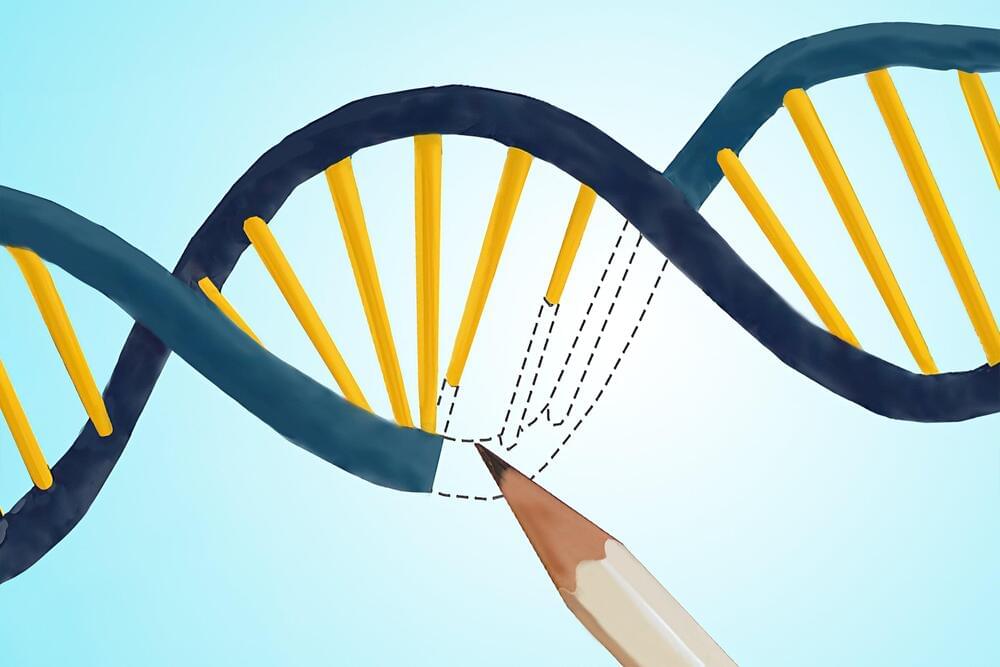
Through years of engineering gene-editing systems, researchers have developed a suite of tools that enable the modification of genomes in living cells, akin to “genome surgery.” These tools, including ones based on a natural system known as CRISPR/Cas9, offer enormous potential for addressing unmet clinical needs, underscored by the recent FDA approval of the first CRISPR/Cas9-based therapy.
A relatively new approach called “prime editing” enables gene-editing with exceptional accuracy and high versatility, but has a critical tradeoff: variable and often low efficiency of edit installation. In other words, while prime edits can be made with high precision and few unwanted byproducts, the approach also often fails to make those edits at reasonable frequencies.
In a paper that appeared in print in the journal Nature on April 18, 2024, Princeton scientists Jun Yan and Britt Adamson, along with several colleagues, describe a more efficient prime editor.
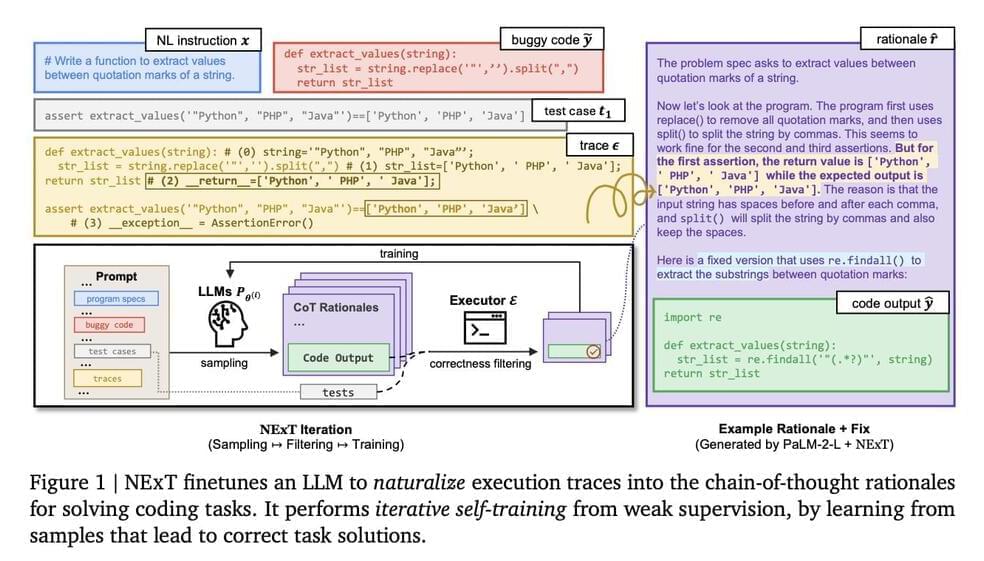
Understanding and reasoning about program execution is a critical skill for developers, often applied during tasks like debugging and code repair. Traditionally, developers simulate code execution mentally or through debugging tools to identify and fix errors. Despite their sophistication, large language models (LLMs) trained on code have struggled to grasp the deeper, semantic aspects of program execution beyond the superficial textual representation of code. This limitation often affects their performance in complex software engineering tasks, such as program repair, where understanding the execution flow of a program is essential.
Existing research in AI-driven software development includes several frameworks and models focused on enhancing code execution reasoning. Notable examples include CrossBeam, which leverages execution states in sequence-to-sequence models, and specialized neural architectures like the instruction pointer attention graph neural networks. Other approaches, such as the differentiable Forth interpreter and Scratchpad, integrate execution traces directly into model training to improve program synthesis and debugging capabilities. These methods pave the way for advanced reasoning about code, focusing on both the process and the dynamic states of execution within programming environments.
Researchers from Google DeepMind, Yale University, and the University of Illinois have proposed NExT, which introduces a novel approach by teaching LLMs to interpret and utilize execution traces, enabling more nuanced reasoning about program behavior during runtime. This method stands apart due to its incorporation of detailed runtime data directly into model training, fostering a deeper semantic understanding of code. By embedding execution traces as inline comments, NExT allows models to access crucial contexts that traditional training methods often overlook, making the generated rationales for code fixes more accurate and grounded in actual code execution.
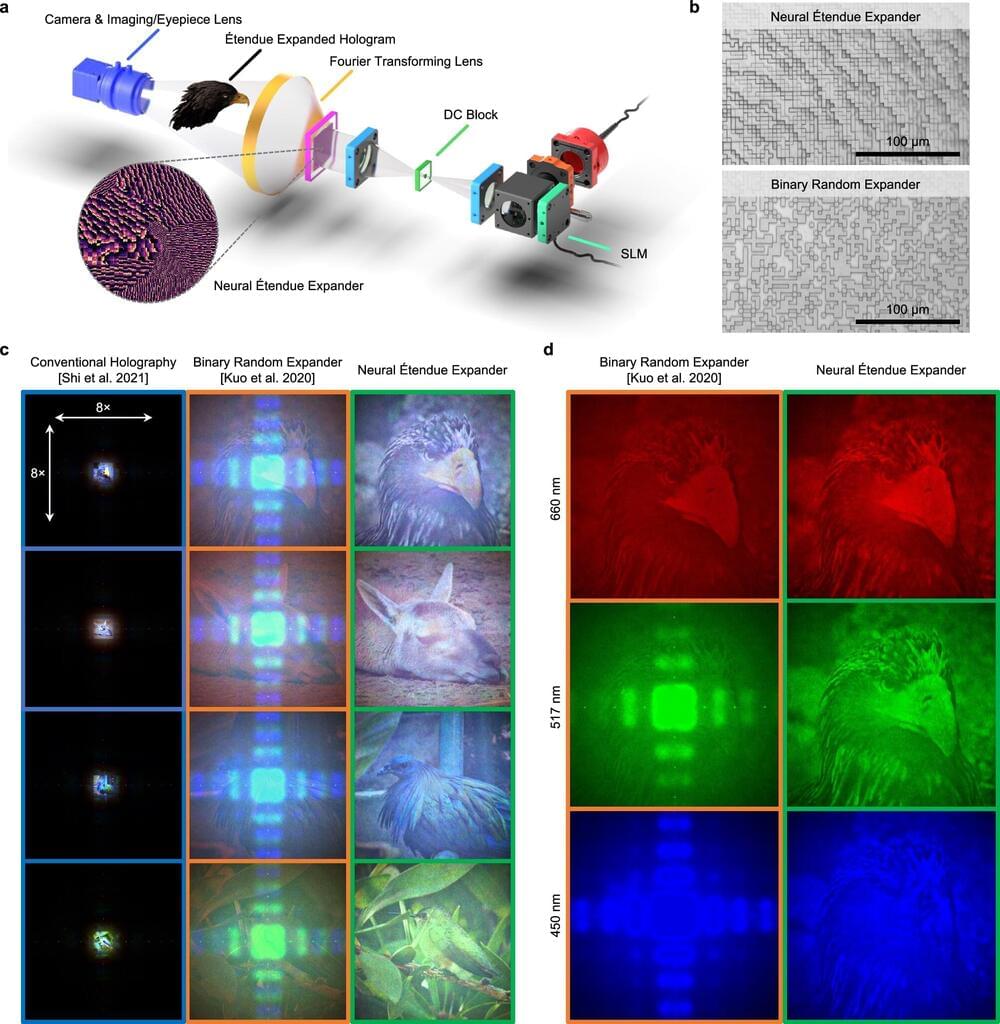
Two weeks ago it was quietly announced that the Future of Humanity Institute, the renowned multidisciplinary research centre in Oxford, no longer had a future. It shut down without warning on 16 April. Initially there was just a brief statement on its website stating it had closed and that its research may continue elsewhere within and outside the university.
The institute, which was dedicated to studying existential risks to humanity, was founded in 2005 by the Swedish-born philosopher Nick Bostrom and quickly made a name for itself beyond academic circles – particularly in Silicon Valley, where a number of tech billionaires sang its praises and provided financial support.
Get started on your science revolution with Brilliant! First 30 days are free and 20% off the annual premium subscription when you use our link ➜ https://brilliant.org/sabine.
The universe seems to be ruled by equations and numbers. But why just these equations and why just those numbers? Is it just coincidence? In this video I have collected seven of the weirdest coincidences in physics.
This video comes with a quiz: https://quizwithit.com/start_thequiz/.…
🤓 Check out my new quiz app ➜ http://quizwithit.com/
💌 Support me on Donorbox ➜ https://donorbox.org/swtg.
📝 Transcripts and written news on Substack ➜ https://sciencewtg.substack.com/
👉 Transcript with links to references on Patreon ➜ / sabine.
📩 Free weekly science newsletter ➜ https://sabinehossenfelder.com/newsle…
👂 Audio only podcast ➜ https://open.spotify.com/show/0MkNfXl…
🔗 Join this channel to get access to perks ➜
/ @sabinehossenfelder.
🖼️ On instagram ➜ / sciencewtg.
#physics #astrophysics #science
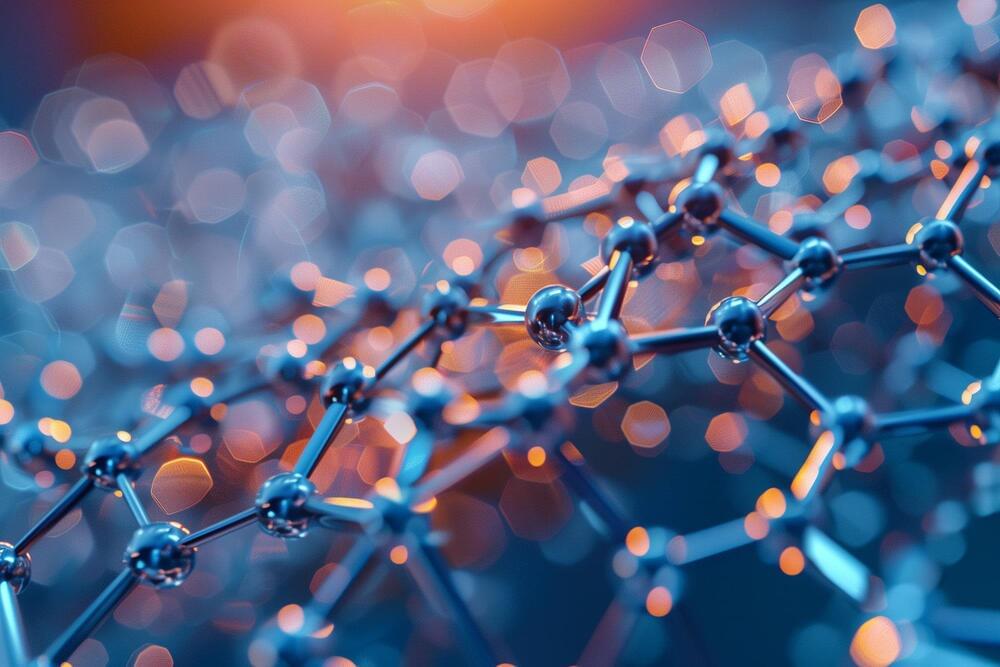
It is a common hack to stretch a balloon out to make it easier to inflate. When the balloon stretches, the width crosswise shrinks to the size of a string. Noah Stocek, a PhD student collaborating with Western University physicist Giovanni Fanchini, has developed a new nanomaterial that demonstrates the opposite of this phenomenon.
Working at Interface Science Western, home of the Tandetron Accelerator Facility, Stocek, and Fanchini formulated two-dimensional nanosheets of tungsten semi-carbide (or W2C, a chemical compound containing equal parts of tungsten and carbon atoms) which when stretched in one direction, expand perpendicular to the applied force. This structural design is known as auxetics.
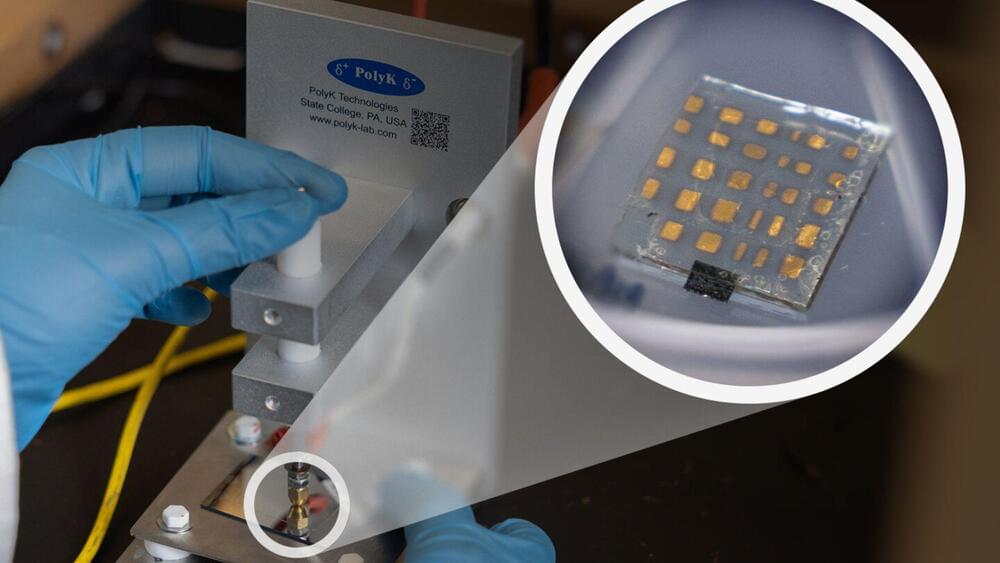
Dielectric capacitors are ubiquitous components that play a vital role in electronic devices and energy storage systems. Their ability to rapidly discharge significant amounts of energy makes them indispensable for high-power applications.
“High-energy and high-power capacitors are the backbone of reliable power supplies, especially as we transition towards renewable energy sources,” explains Alamgir Karim, Dow Chair and Welch Foundation Professor of Chemical Engineering at UH and a faculty mentor on the project. “However, current dielectric capacitors fall short in terms of energy storage capacity compared to other options like batteries. The advantage of capacitors lies in their superior power density, making them a more suitable choice for various applications.”
The key factor influencing a capacitor’s energy storage is a combination of its permittivity (ε) and dielectric breakdown strength (EBD). Professor Karim emphasizes, “To enhance a capacitor’s energy storage, advancements in both these aspects are crucial.”